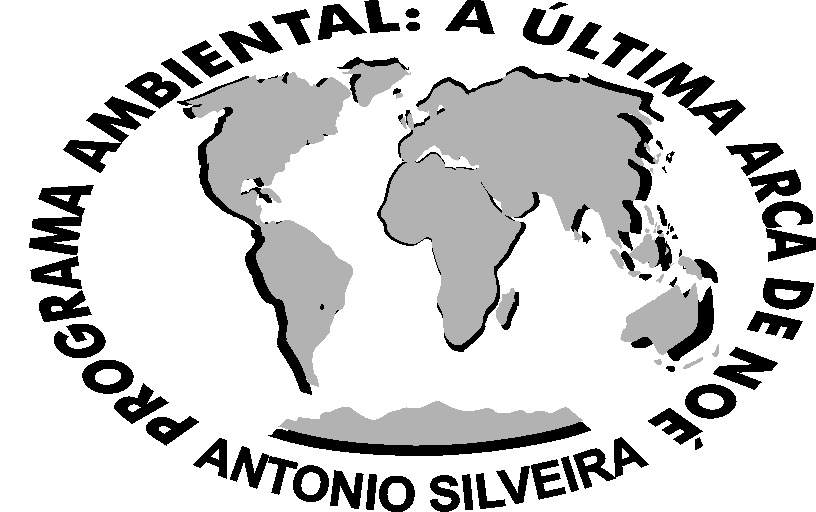

SUSTAINABLE AGRICULTURE
AGROECOLOGY
Introduction
In sight of the necessity of large-scale fast food production, it was created in many decades ago a based system of agricultural production in the application of agrochemical, called as traditional agriculture. However, after the Conference for the Development and Environment, ECO-92, in Rio de Janeiro, the conclusion was that the standards of production and human activities in general, notably the agriculturist, would have to be modified.
This way, there had been created and developed new lines of direction to the human activities, compiled in Agenda 21, with the objective of reaching a lasting development and with lesser possible impact, called sustainable development and that it comes guiding all the performance fields.
In the other hand, the increasing constatation of practical environmental damages by the uncontrolled development of the unhealthy ones in some sectors of activity, has strengthened the conclusions of the cited conference and brought the awareness each time bigger that something must be made for minimizes them. This has propitiated the seek of new alternatives of production, between them in the agricultural area, that interests us here.
Thus, the movements in direction of the implantation of a bigger agricultural product quality had grown, developing itself of odd form. It still appears with more force then in the worldwide scene the agroecology is known as alternative agriculture.Agroecology
As said by Attila de W Miklós (Agroecology: base for the development of the agricultural biotechnology and agriculture. Annals of 3ª Brazilian Conference of Agriculture Biodynamics. Government of the State of São Paulo, Secretariat of the Environment, CETESB, Ambient Documents, 1998) agroecology with its modern branches and specialization includes:
- biodynamc agriculture,
- ecological agriculture,
- natural agriculture,
- organic agriculture,
- the agro-forest systems etcSustainability and agriculture
It is interesting to observe that the introduction of the term sustainability in agriculture is complained for the Movement of Organic Agriculture and the IFOAM, therefore already in 1977, one became fulfilled in Switzerland the First Scientific Conference of the IFOAM, where received the name of " Route to a Sustainable Agriculture ", as said by Bernward Geier (organic agriculture in the world. Magazine Agriculture Biodynamics, IBD- Institute Biodinamic de Agricultural Development, nº80, October of 1998), what sample that the concern with the quality of agricultural production already retraces has almost thirty years.
The agroecological systems have demonstrated that it is possible to produce propitiating the natural possibility of refreshing ground, facilitates the recycling of nutrients of the ground, uses the natural resources rationally and it keeps the biodiversity that is really important for the formation of the ground (Miklós, the Attila de W ob.cit.).Environment disadvantages of traditional agriculture
- its monocultures degrade the landscape,
- it produces high indices of toxicity for the used agrochemical;
- biodiversity elimination;
- it degrades the ground;
- pollute hydrical features;
- the use of energy generated in the proper natural system maximizesAdvantages of the use of agroecology forms
- the natural refreshing of the ground makes possible;
- the recycling of nutrients of the ground facilitates;
- it uses the natural resources rationally;
- they keep the biodiversity that is important for the formation of the groundConclusion
Thus, traditional agriculture comes losing space in relation to the new agricultural productive forms, therefore it brings innumerable disadvantages to the health of ground, the environment and mainly to the agricultural worker and the consumer, as seen. By the way, according to the Health World Organization of millions of agricultural workers die or meet seriously contaminated by pesticides.
Therefore, the producer or agriculturist must take care of new forms of agricultural production, therefore the emergent agroecology conciliates production, quality, conservation and backup of the natural resources, which advantages will only be brought, mainly for the bigger awareness of the consumer, which to each day more become more informed, expert of the production forms and product quality that he acquires and thus more demanding.
We must still remember that an agricultural production in keeping with the new standards that is desired for the development is primordial, let us obtain to have a healthy and balanced environment, as praised for art. 225, of our Federal Constitution.Some sites:
All Rights Reserved